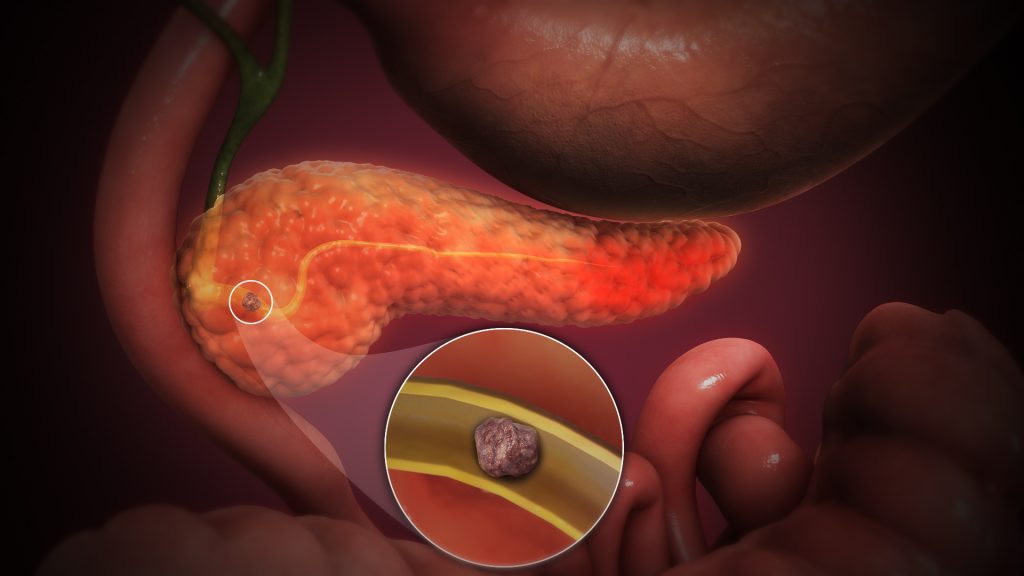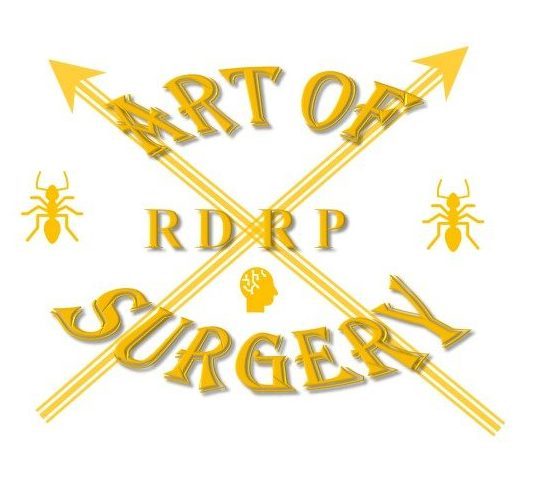
Identifying cause of pancreatitis
Screening tests
USS
MRCP
Hepatitis screen
Calcium and PTH
Lipid screen
Autoimmune antibodies (PAN, SLE, vasculitis) – ESR, ANA, pANCA, cANCA
IgG4
Drug/medication history
Enquire about IBD symptoms, Trauma
Sphincter manometry
Aetiologies:
Obstructive pathologies: biliary disease, pancreatic duct strictures (inc choledochal cyst and pancreatic divisum), tumours of ampulla or pancreas
Toxic factors: alcohol (normally males consuming >80g alcohol per day, but no definite dose dependent relationship), viral infection (esp mumps, coxsackie B and viral hepatitis)- look for prodromal diarrhoea
Metabolic factors: hyperparathyroidism, hyperlipoproteinaemia, hypertriglyeridaemia
Genetic factors: defects of the cationic trypsinogen gene (N29I, RII7H) and cystic fibrosis gene (CTFR) may be associated with recurrent episodes
Trauma: blunt trauma causes hyperamylasaemia
Iatrogenic causes: ERCP (3%) with sphincterotomy, drug-induced (valproic acid, azathioprine, L-asparaginase, corticosteroids)
Inflammatory: autoimmune (IgG4) causes homogenous enlargement on CT, often associated with extrahepatic tree resembling sclerosing cholangitis, responds well to steroids. Also associations with plyarteritis nodosa, SLE, vasculitis and IBD (Crohn’s and UC).
Physiological: Type 1 pancreatic sphincter dysfunction may be associated with hyperamylasaemia, diagnosed as abnormal sphincter manometry and treated by sphincterotomy (but risk of post-ERCP pancreatitis in these patients is v high at 30%)
